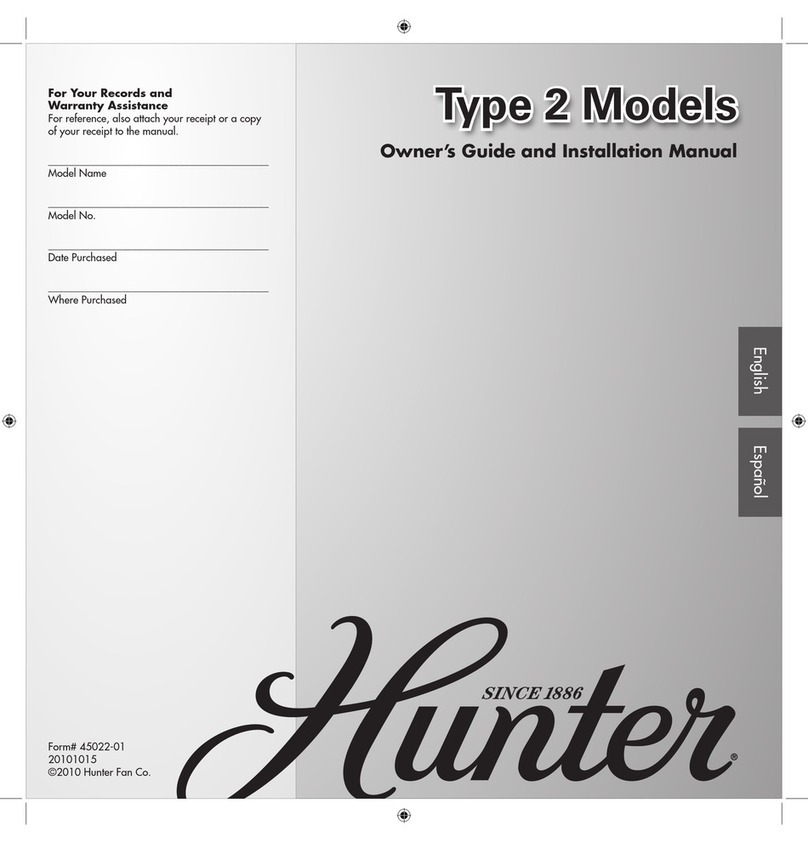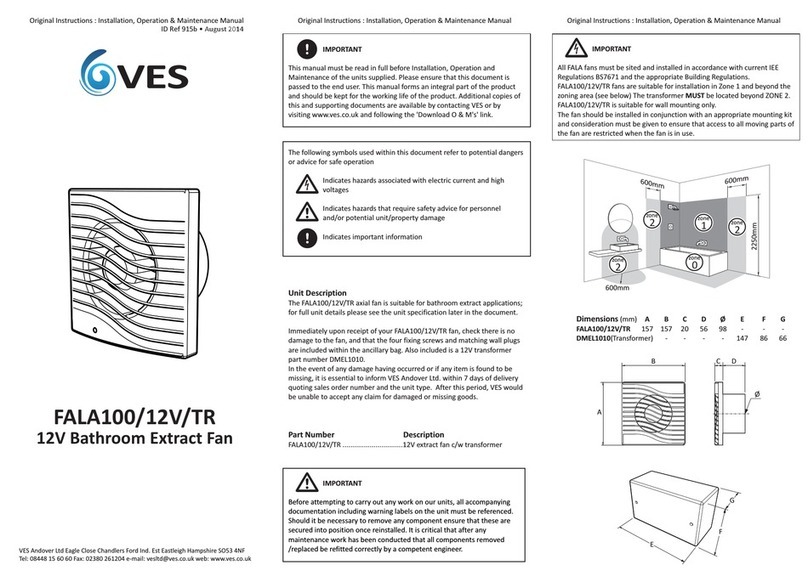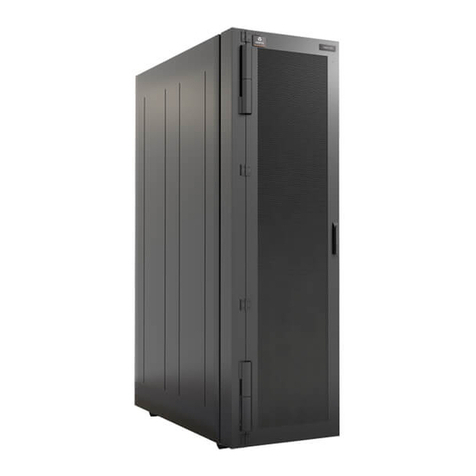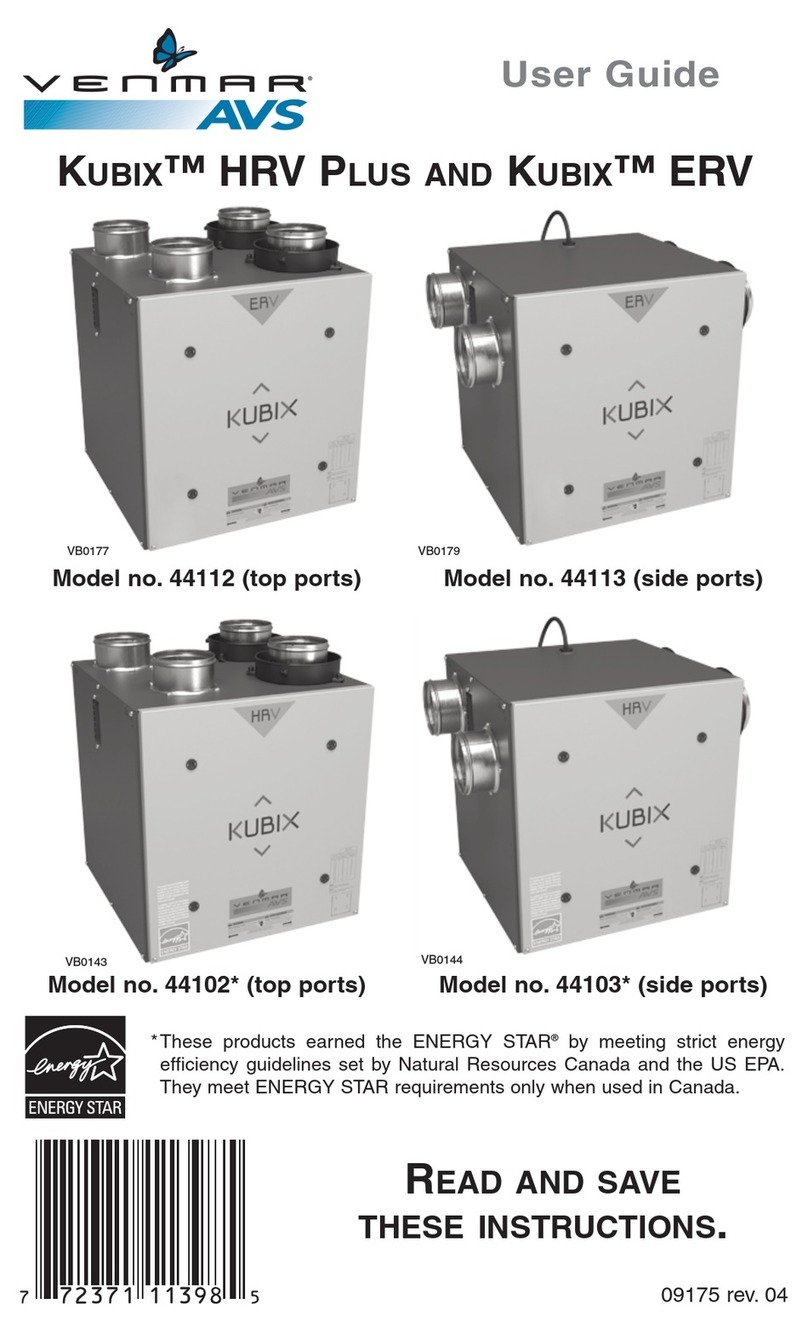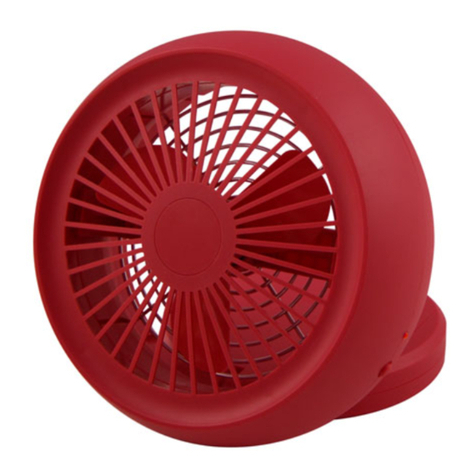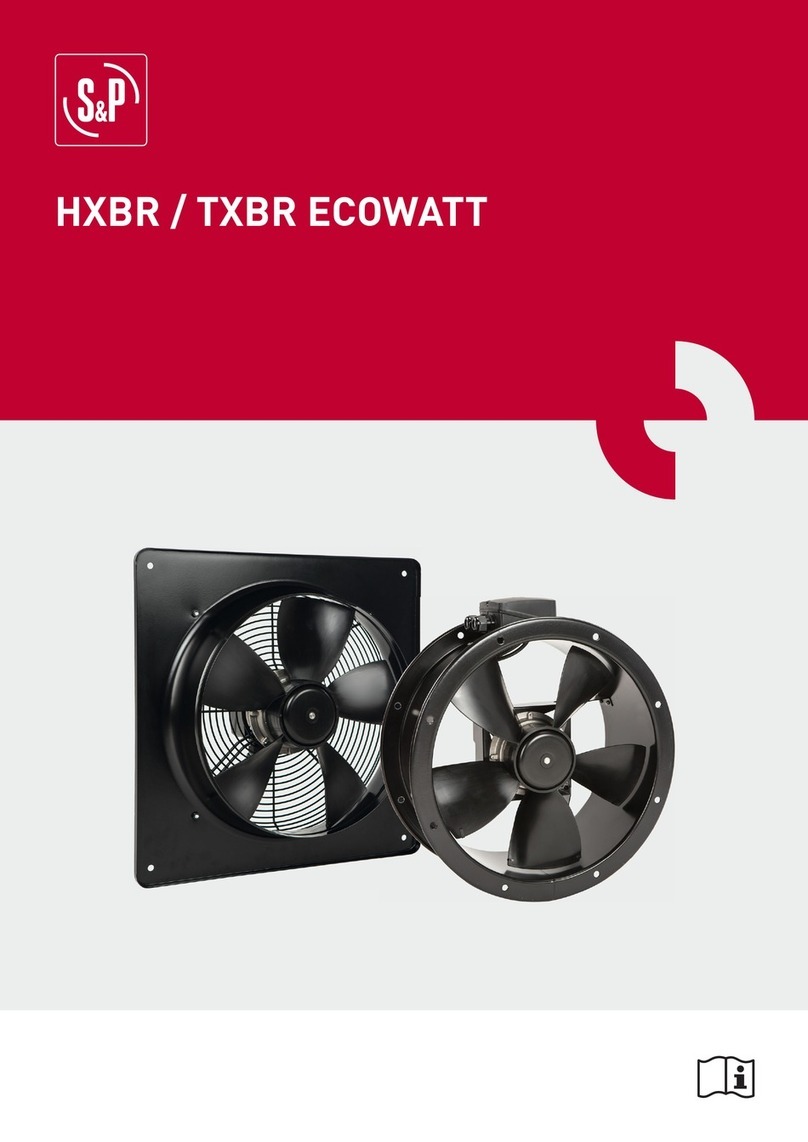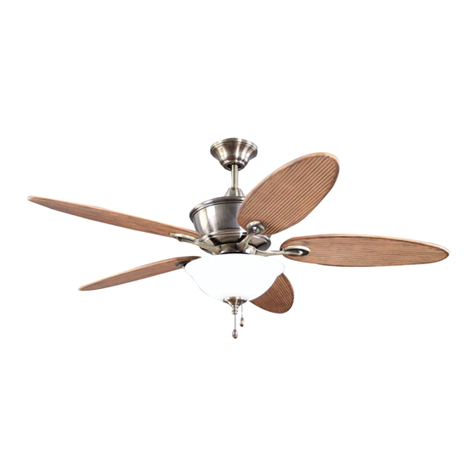
1301666601 rev B
Page 2 of 10
CONTENTS OF THE KIT
Clearances
The heater must be installed such that the installation and
service clearances from combustible materials shown in
Table 3 are maintained. This heater may be installed on
combustible floors. Do not install heater in a closet.
Air Supply
Indoor installations and outdoor shelters (confined spaces)
must be provided with adequate combustion and
ventilation air vents to assure proper heater operation.
These vents must be sized according to the requirements
stated in paragraph A or B below (whichever applies to the
installation). These vents must never be obstructed when
heater is in operation.
When air blowers are used in spa/hot tub installations and
are located in proximity to the heater, caution must be
observed to ensure sufficient combustion air is available to
the heater for proper combustion. A separate blower air
duct is recommended.
(A) All Air Supply From Inside the Building:
The confined space shall be provided with 2 permanent
openings communicating directly with an additional
room(s) of sufficient volume so that the combined volume
of all spaces meets the criteria for an unconfined space (a
space whose volume is not less than 50 cubic feet per
1,000 btu/hr). The total input of all gas utilization
equipment installed in the combined space shall be
considered in making the determination. Each opening
shall have a minimum free area of 1 square inch per 1,000
btu/hr of the total input rating of all gas utilization
equipment in the confined space, but not less than 100
square inches. See Table 5. One opening shall be within
12 inches of the top and one within 12 inches of the
bottom of the enclosure.
(B) All Air Supply From Outdoors:
The confined space shall be provided with 2 permanent
openings, once commencing within 12 inches of the
bottom of the enclosure. The opening shall communicate
directly, or by ducts, with the outdoors or spaces (crawl or
attic) that freely communicate with the outdoors.
NOTES ON INDOOR INSTALLATIONS
When communicating with the outdoors (either directly
or through vertical ducts), each opening shall have a
minimum free area of 1 square inch per 4,000 btu/hr of
total input rating of all equipment in the enclosure.
See Table 5.
1.
When communicating with the outdoors through
horizontal ducts, each opening shall have a
minimum free area of 1 square inch per 2,000
btu/hr of total input rating of all equipment in the
enclosure. See Table 5.
2.
When ducts are used, they shall be of the same
cross-sectional area as the free area of the
openings to which they connect. The minimum
dimension of rectangular air ducts shall not be
less than 3 inches.
3.
TABLE 4
Water Connection Side 12 inches
Side Opposite Water
Connection
For more detailed methods of providing air for combustion
and ventilation, refer to the latest edition of the National
Fuel Gas Code (ANSI Z223.1/NFPA 54).
Vent Sizing
Size the vent pipe according to the venting tables in the
National Fuel Gas Code (ANSI Z223.1/NFPA 54) for a
Category I gas appliance using single-wall or double-wall
(Type B) gas vent. Vent pipe diameter should not be less
than the size of the vent pipe adapter on the heater (see
Table 4). The maximum vent height cannot exceed 50 ft.
The total lateral (horizontal) length cannot exceed 1/2 of
the total vent height. The system may have up to 3 90-
degree elbows maximum. Single-wall vent may be used
in conditioned spaces only. Clearance to combustible
materials for single-wall vent is 9 inches. Double-wall
(Type B) vent must be used in non-conditioned spaces.
Vent Pipe Adapter for Negative Pressure Galvanized Vent
Pipe
1 Flue Cover Plate with Hole for Vent Pipe
12 #10 Sheet Metal Screws
Blower Inlet Restrictor Plate
(UHXNEGVT1250 and UHXNEGVT1400 only)
1 Vent Pressure Switch with Tubing and Jumper Wire
ENGLISH
When installing a heater below ground (in a pit),
combustion and ventilation air openings must be
provided as shown in Figure 1. Each opening
shall have a minimum free area of 1 square inch
per 250 btu/hr of total input rating of all equipment
in the pit. See Table 5. Below-ground (pit)
installations must be natural gas only.
4.
Indoor Vent Kit Part
Number
TABLE 3

